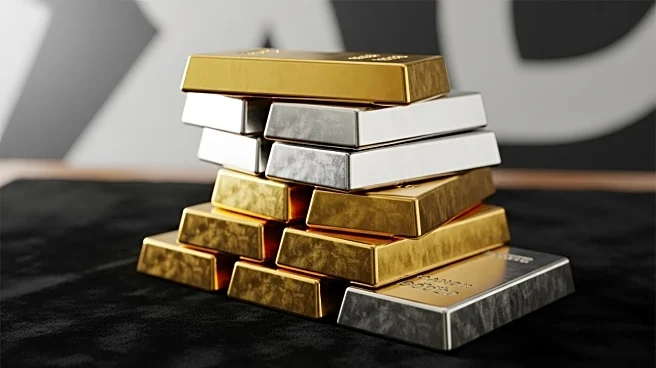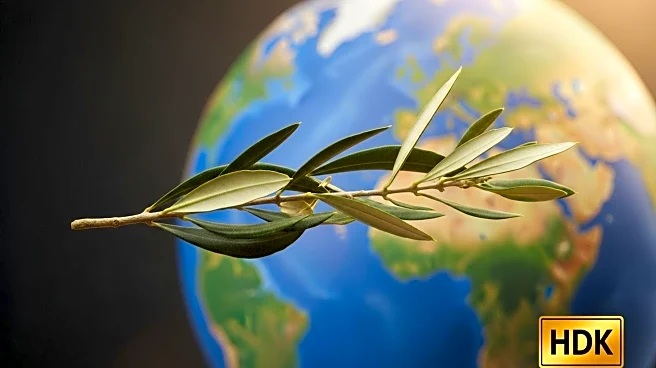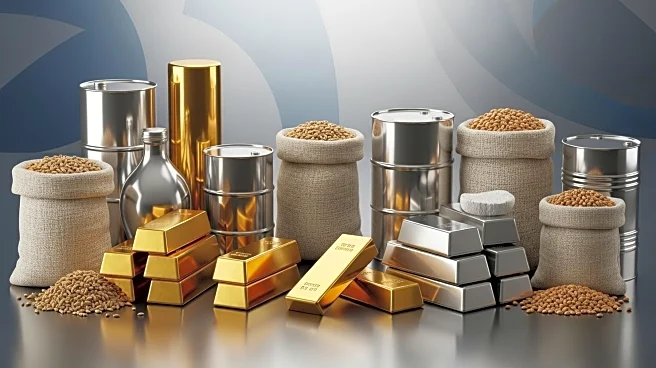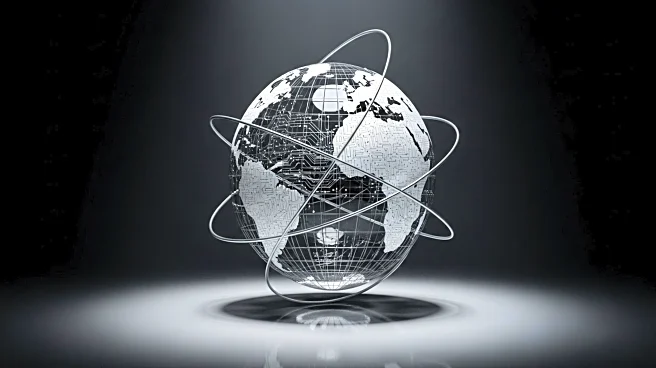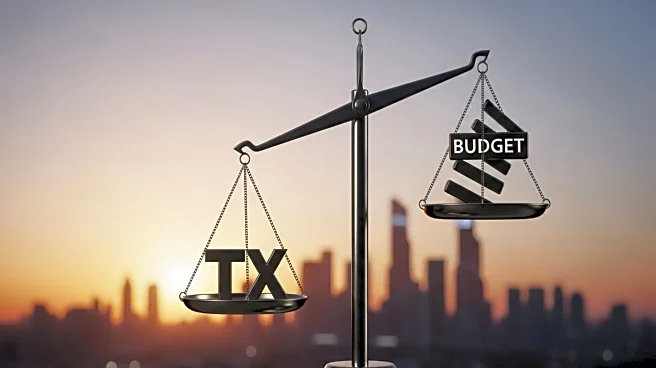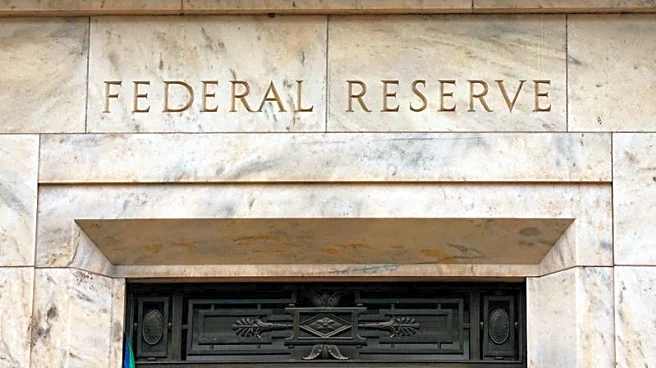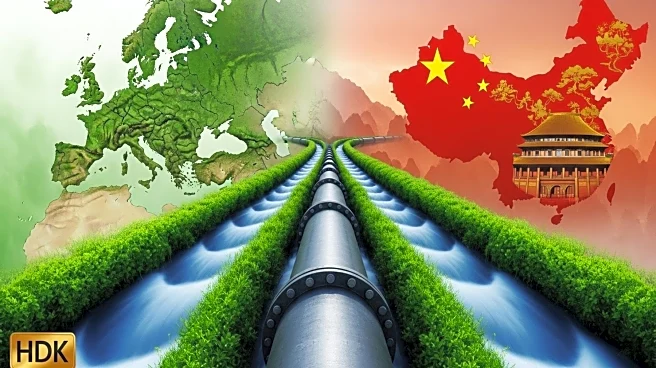What's Happening?
Gold and silver have reached record highs, with gold futures climbing to approximately $3,800 per ounce and silver reaching around $46 per ounce, marking a 14-year high. This surge is part of a broader rally in precious metals, including platinum and palladium, which have also seen significant price increases. The rally is driven by several factors, including geopolitical uncertainties, such as trade wars and the Russia-Ukraine conflict, which have increased the demand for safe-haven assets like gold. Additionally, central banks have been major buyers, with global gold ETFs experiencing record inflows of approximately $10.5 billion in September alone. The U.S. Federal Reserve's recent interest rate cuts have further buoyed gold prices, as lower rates make gold, a zero-yield asset, more attractive as a hedge against inflation.
Why It's Important?
The surge in precious metals prices has significant implications for global financial markets and economies. As investors seek safe-haven assets amid geopolitical tensions and economic uncertainties, the demand for gold and silver is likely to remain strong. This trend could impact various sectors, including mining and finance, as companies and investors adjust to the changing market dynamics. Central banks' continued buying of gold reflects a broader trend of 'de-dollarization,' as countries diversify their reserves away from the U.S. dollar. The rally in precious metals also highlights the potential for further interest rate cuts by the Federal Reserve, which could influence monetary policy and economic growth in the U.S. and globally.
What's Next?
The outlook for precious metals remains bullish, with analysts predicting further price increases. The Federal Reserve's future interest rate decisions will be closely watched, as they could impact gold's attractiveness as an investment. Additionally, geopolitical developments, such as trade negotiations and conflicts, will continue to influence market sentiment and demand for safe-haven assets. Investors and analysts will monitor central bank activities, particularly in China and India, as their buying patterns could significantly affect global gold prices. The ongoing transition to renewable energy and electric vehicles may also impact the demand for metals like silver and platinum, which are used in solar panels and catalytic converters.
Beyond the Headlines
The rally in precious metals underscores the broader economic and geopolitical shifts occurring globally. As countries seek to reduce their reliance on the U.S. dollar, the demand for gold as a reserve asset is likely to increase. This trend could lead to long-term changes in global financial systems and trade relationships. The environmental policies in major economies, such as China's carbon emission reduction pledges, are also influencing the demand for metals used in green technologies. These developments highlight the interconnectedness of economic, environmental, and geopolitical factors in shaping market trends and investment strategies.

